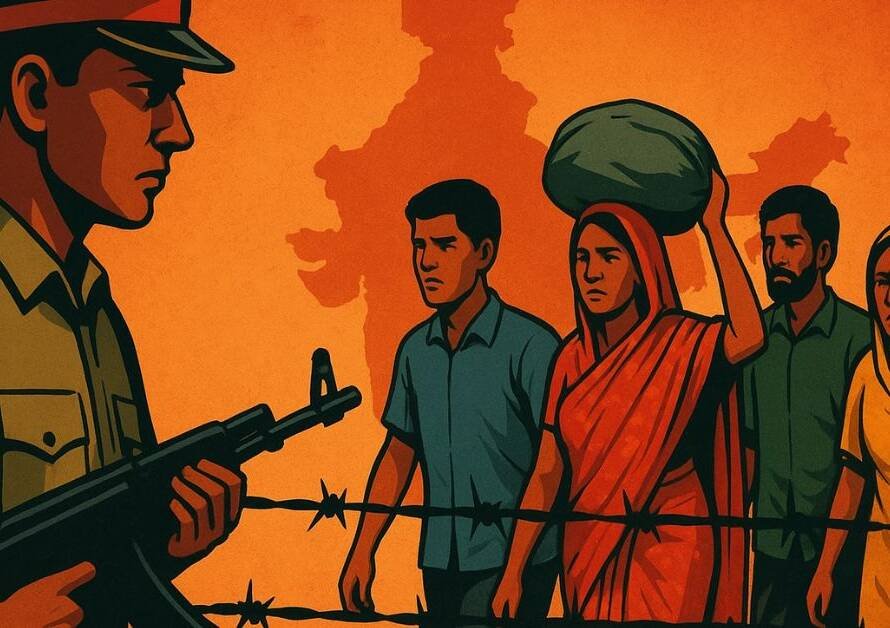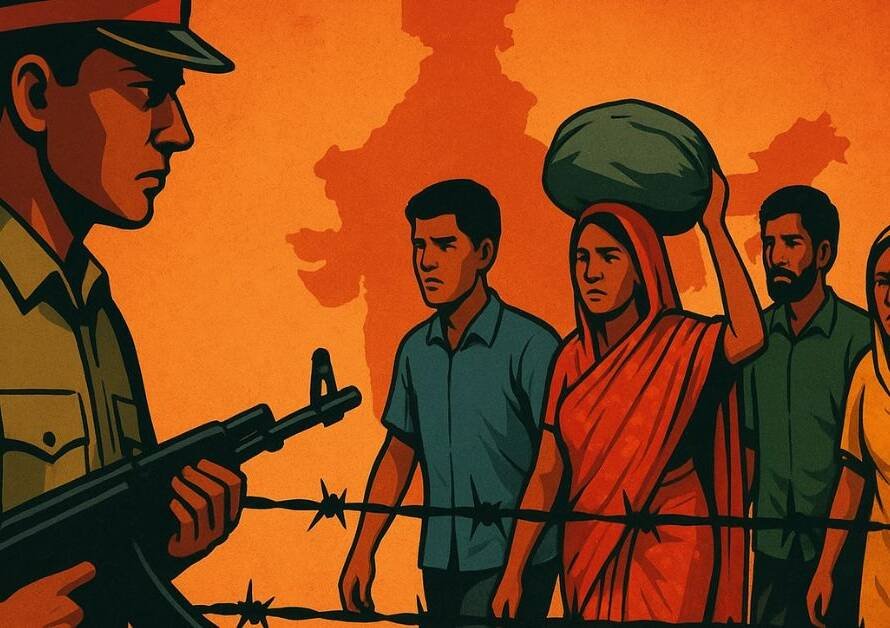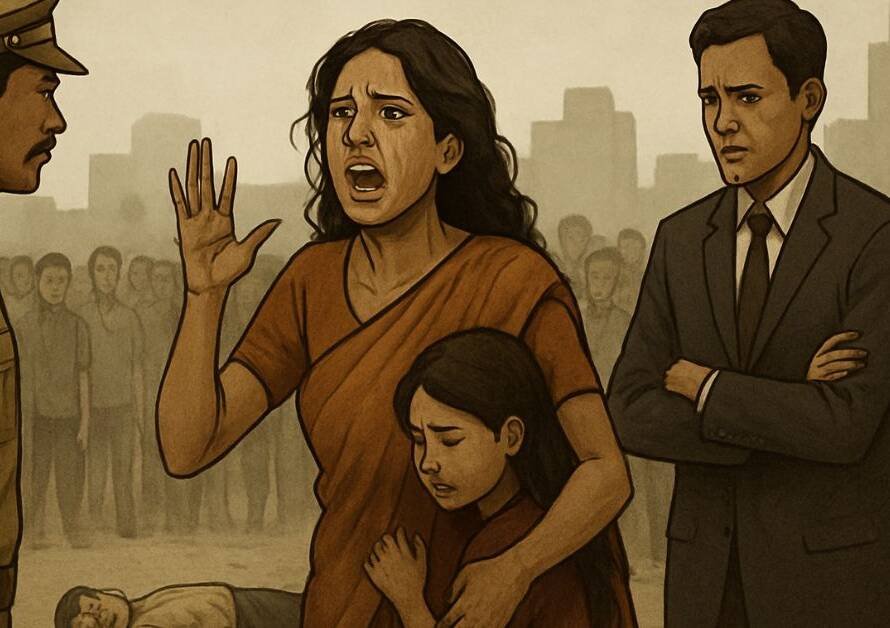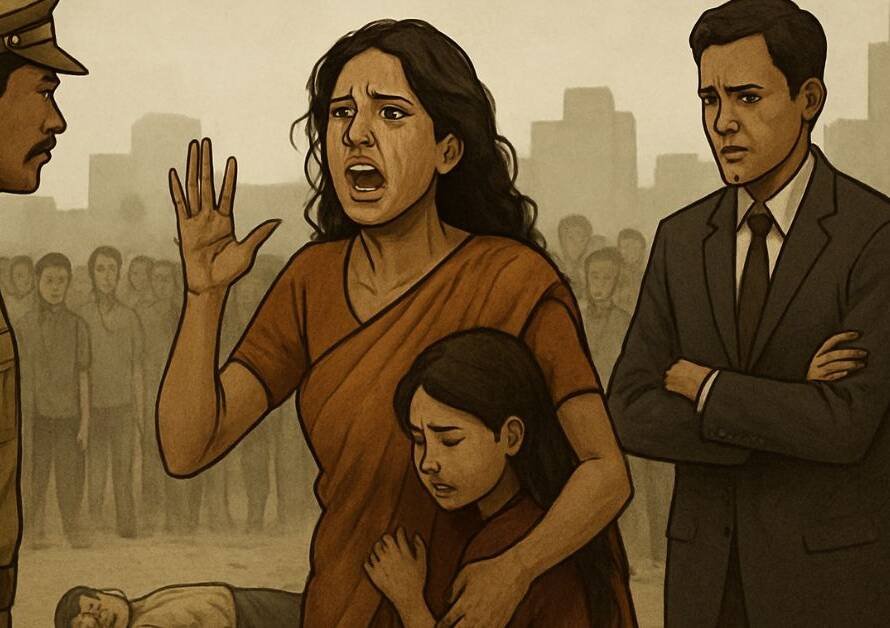Author: Dilip Pandey, Researcher, Journalist
Introduction
India, a land rich in spiritual heritage, holds its temples as not just places of worship but also as critical contributors to the nation’s economy. According to the National Sample Survey Office (NSSO), temples contribute an impressive 2.32% to India’s GDP. This highlights the significant role Hindu temples and related activities play in strengthening the nation’s financial fabric, providing employment, and fostering social harmony.
Key Facts: Temples and Their Economic Impact
1. Temples as Economic Engines
- India is home to approximately 18 lakh temples, including 33,000 significant temples, 52 Shaktipeeths, and 12 Jyotirlingas.
- Annually, Hindus spend ₹4.74 lakh crore on religious tourism, creating employment for 8 crore people across the country.
2. Employment for All Communities
- Religious tourism directly benefits various communities, including non-Hindus.
- Amarnath and Vaishno Devi Yatras generate income where 90% of the beneficiaries are Muslims.
- Similarly, 60% of the income from the Somnath Temple supports Muslim workers.
3. Local Livelihoods
- A small temple in any locality provides employment to at least 25 individuals, including flower vendors, oil sellers, decorators, and others.
- At prominent temples like Kashi Vishwanath, wheelchair providers earn up to ₹1,000 per day, while sandalwood appliers earn ₹300-500 daily.
4. Sectors Benefitting from Temples
- Temples create a vast network of economic activities, supporting artisans, traders, and service providers selling items like flowers, oil, incense, sindoor, bangles, and idols.
Contrasts with Other Religious Structures
1. Mosques and Economic Contributions
- India has 3.5 lakh mosques, yet they generate negligible employment or economic activity.
- In many states, imams and maulvis receive salaries from government funds, adding a burden to the state treasury.
2. The Burden of Secularism
- Hindu taxpayers’ money is often diverted to support religious minorities, many of whom criticize the very system supporting them.
- This raises questions about the unequal treatment of temples and mosques in India.
Addressing the Misconceptions
Some critics question the relevance of temples and argue against their construction, claiming they offer no tangible benefits. However, the reality is that temples:
- Preserve cultural and spiritual values.
- Generate employment for millions of people.
- Promote local economies through tourism and allied activities.
- Serve as centers of community support and social welfare.
The youth must recognize the importance of temples not only as spiritual hubs but also as economic powerhouses that uplift society.
The Demand for Temple Autonomy
- There is a growing call for freeing temples from government control, as the income generated by temples is often mismanaged or diverted.
- Mosques remain free from such control, despite their lack of economic contribution.
- Hindus must unite to demand equal treatment, ensuring temple revenues are used for the welfare of the community and the nation.
A Message for the Youth
The youth have a critical role in safeguarding India’s cultural and economic heritage. Here’s how you can contribute:
1. Spread Awareness
- Share facts and narratives about the economic and cultural significance of temples.
- Discuss the issues of unequal treatment and mismanagement of temple resources.
2. Support Local Temples
- Encourage and participate in local temple activities to support livelihoods.
- Contribute to temple funds, ensuring they continue to play their vital role in society.
3. Demand Accountability
- Advocate for reforms that ensure temples are free from government control.
- Push for transparency in the use of temple funds for community welfare.
4. Promote Unity
- Stand united to protect India’s spiritual and cultural identity.
- Recognize and challenge the exploitation of secularism for political gains.
The Path Forward
India’s temples are not just places of worship—they are the lifeblood of millions of livelihoods, the backbone of cultural preservation, and significant contributors to the nation’s economy. It is time for every Hindu to:
- Recognize the value of temples in shaping India’s future.
- Unite against the systemic inequalities that undermine their contributions.
- Actively participate in preserving this invaluable heritage.
🚩 Share this message widely—at least with 1,000 people—and join the movement to protect and promote the sanctity and economic strength of India’s temples.
Jai Hind! Vande Mataram! Har Har Mahadev!






